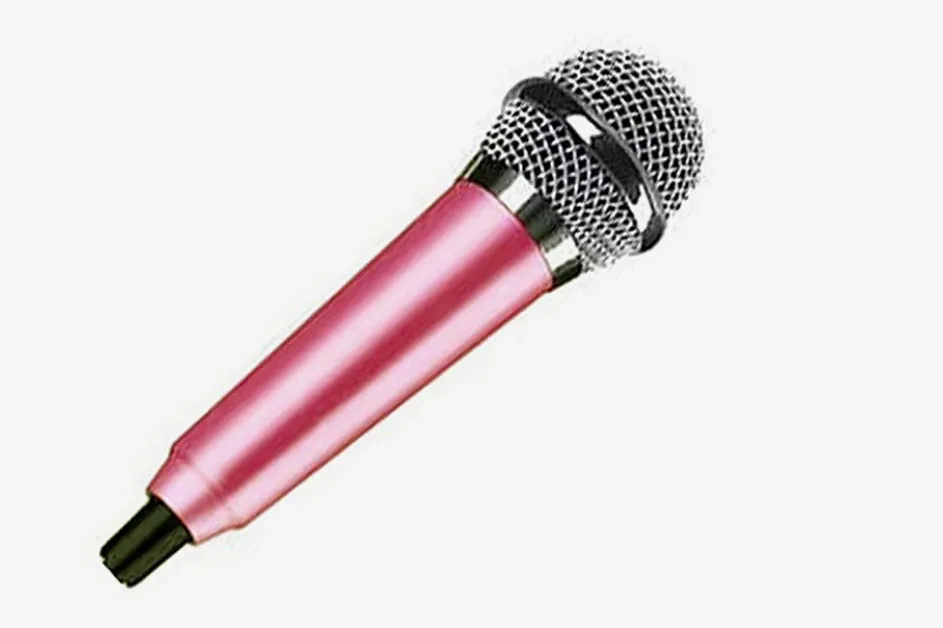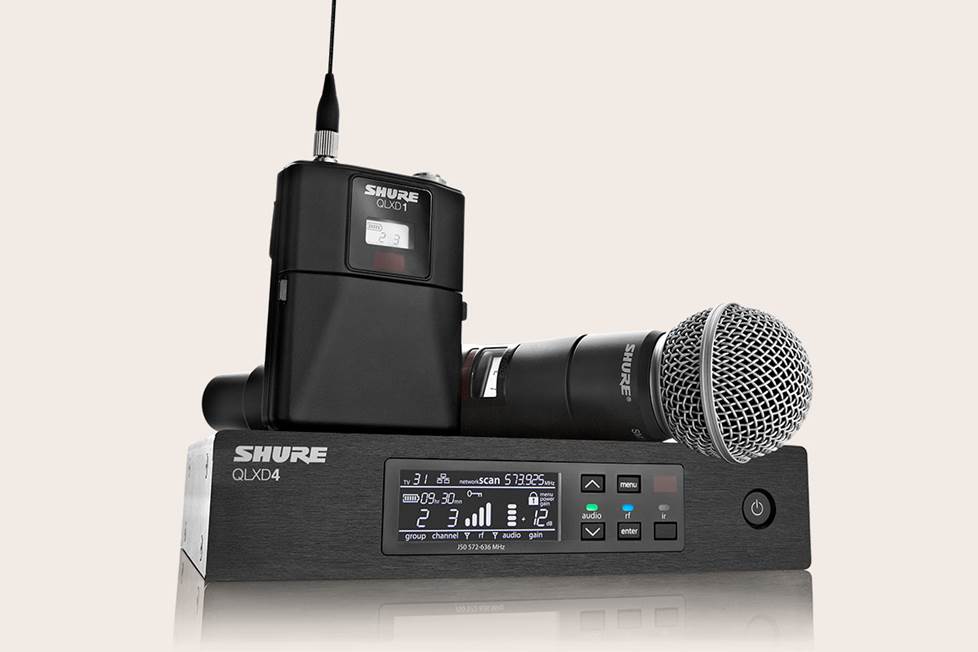Facing issues with a non-responsive microphone can be a frustrating experience, especially when you are gearing up for an important video call, recording session, or online gaming battle. The good news is that many microphone problems come from common sources that have straightforward solutions. This article explores the top fixes to try when your microphone isn’t working, breaking down the troubleshooting process into easy-to-follow steps. Whether you’re dealing with built-in laptop mics or external devices, these solutions cover a broad range of scenarios, helping to get your microphone back in action swiftly.
Check Your Physical Connections
Ensuring Proper Plugs and Ports
The first step in troubleshooting a non-working microphone is to check for proper physical connections. For external microphones, ensure the plug securely fits into the correct port on your computer or audio interface. Sometimes, simple wear and tear or dust accumulation can prevent a good connection. Unplug the microphone and inspect both the plug and the port for any obvious damage or debris. Using a can of compressed air to blow out the port can remove dust that might block the connection.
Testing with Alternative Devices
If after cleaning the connection is still unresponsive, try plugging the microphone into another port (if available) or a completely different device. This test can quickly determine if the problem lies with the microphone itself or with the original computer’s port or audio settings. Many users find that a different port or device resolves the issue, indicating a need to repair or replace the specific faulty component.
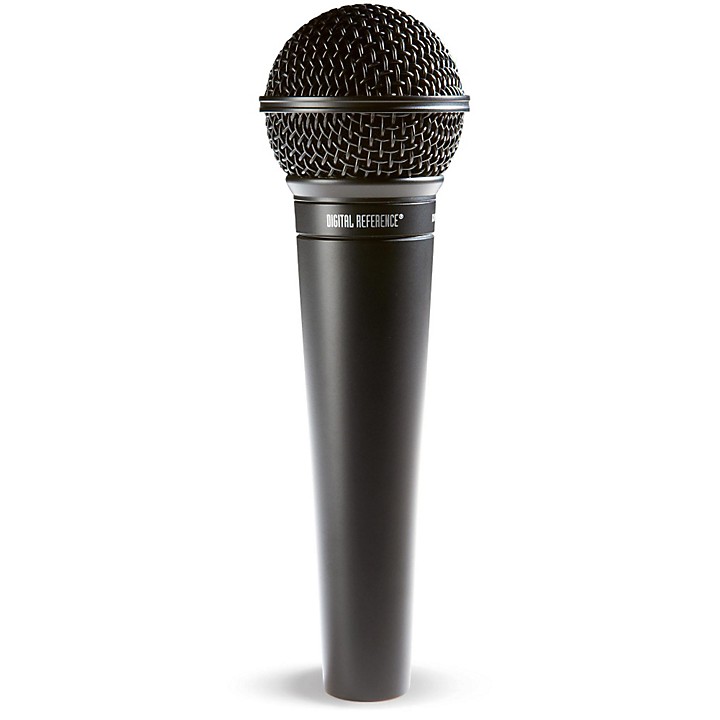
Adjust Your Computer’s Audio Settings
Setting the Correct Input Device
On your computer, the issue might stem from the operating system not selecting the microphone as the default input device. Access the sound settings through the control panel (Windows) or system preferences (Mac). Ensure the correct microphone is selected under “Input” or “Recording” devices. If your desired mic doesn’t appear, try disconnecting and reconnecting it, which can prompt the system to recognize it.
Increasing Input Levels and Enhancing Permissions
While adjusting settings, also check the input levels or “microphone boost” settings for your microphone. An input level set too low might make the mic seem unresponsive. Boosting this level can help. Furthermore, ensure applications have permission to access your microphone. Recent operating system updates have heightened privacy settings, often requiring users to manually allow apps to use the microphone. Check app permissions in your system’s privacy settings to solve this issue.
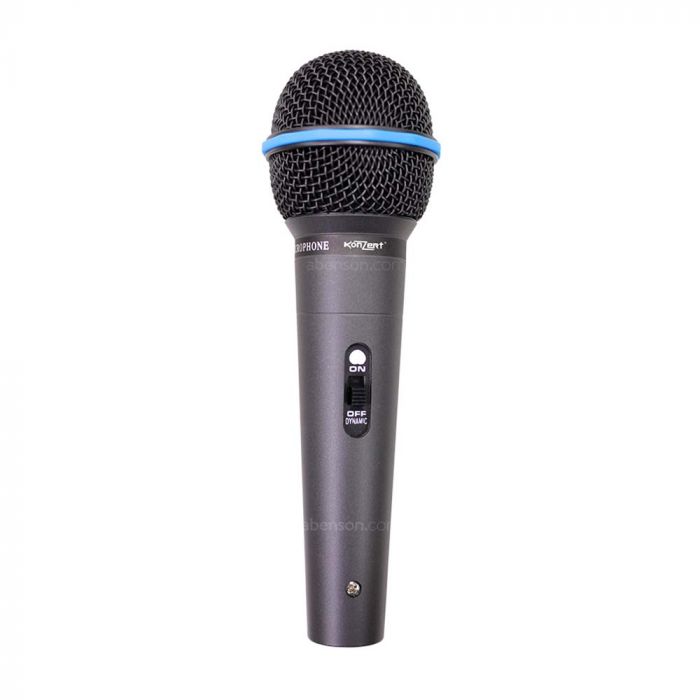
Update or Reinstall Drivers
Updating Drivers for Compatibility
A common cause for a microphone not working is outdated or incompatible drivers. Drivers are essential software components that enable your operating system to communicate with hardware devices. Access the “Device Manager” on your computer, find your microphone in the list of audio inputs, and right click to see if there are any updates available. An update might include patches for known issues or improved compatibility with your operating system version.
Uninstalling and Reinstalling Drivers
If updating doesn’t solve the issue, try uninstalling the microphone driver, then disconnect and reconnect the microphone. This action usually prompts your computer to reinstall the driver, potentially clearing any corruption or errors that occurred with the previous installation. Make sure to restart your computer after reinstalling to ensure changes take effect.
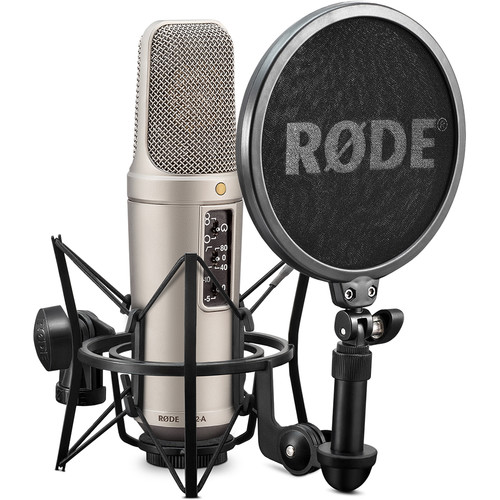
Use Troubleshooting Tools and External Help
Utilizing Built-in Troubleshooting Tools
Most operating systems come with built-in troubleshooting tools designed to diagnose and solve common hardware and software issues. Running these tools can often provide quick fixes or at least pinpoint what might be causing your microphone troubles. Access these tools through your system’s control panel or settings menu, under “Troubleshooting” or “Resolve problems”.
Seeking Manufacturer Support and Community Advice
If all else fails, consider resorting to the microphone manufacturer’s support resources. Many manufacturers offer online troubleshooting guides, FAQs, and even customer support hotlines. Additionally, online forums and communities related to audio equipment or your specific device can be treasure troves of information, offering advice from users who might have faced similar issues.
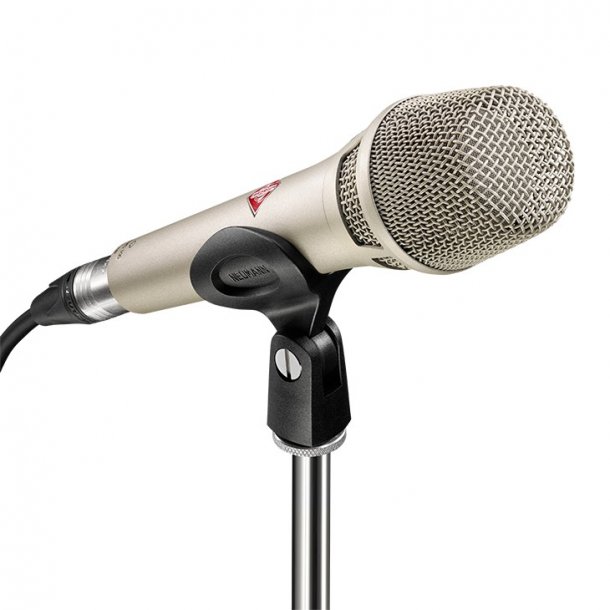
Testing with Alternative Software
Exploring Different Applications
If your microphone continues to show no signs of life after trying hardware checks and system settings adjustments, the problem might lie within the specific software you’re using. Testing the microphone with different applications can help isolate the issue. For instance, if the mic works on a video conferencing app but not in your recording software, the problem likely stems from settings or compatibility issues within the problematic software. This distinction can narrow down your troubleshooting efforts and potentially save you from unnecessary hardware replacements.
Software-Specific Settings
Many applications come with their own audio input settings that can override system defaults. Dive into the application’s audio settings and ensure the correct microphone is selected. Additionally, check for any mute or volume settings within the application that may affect microphone input. Application updates or reinstalls can also resolve hidden bugs or compatibility issues, echoing the broader troubleshooting step of updating drivers to ensure smooth operation.
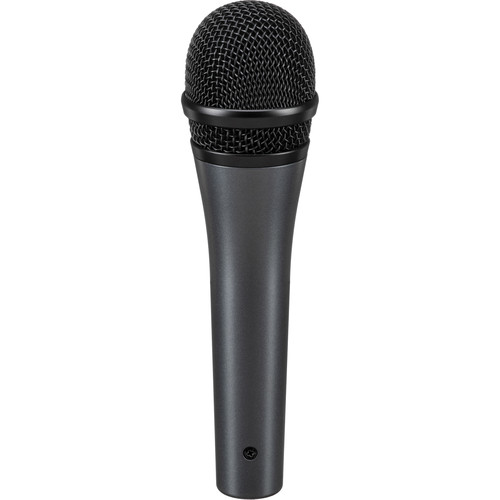
Comprehensive System Checks
Cross-Checking with System Updates
Occasionally, a microphone might stop working after a system update due to compatibility issues or changes in system policies regarding hardware access. Checking for the latest system updates can provide fixes for such issues. Conversely, if a microphone issue arises immediately after an update, look into forums or official documentation for any acknowledged problems related to the update. Some users may find rollback options or workarounds that restore microphone functionality until a permanent fix is deployed in a subsequent update.
Final Resort: System Restore or Reset
If you’ve exhausted all other avenues, consider using system restore points (if available) to roll back your computer to a state before the microphone problems began. This can undo any changes that inadvertently disabled the mic. For persistent issues, a system reset or reinstallation, though more drastic, could resolve deeper software conflicts or corruptions affecting microphone operation. Remember to back up vital data before undertaking such significant steps to avoid data loss.
In summary, a non-working microphone can often be fixed through a series of systematic checks and adjustments, ranging from verifying physical connections to tweaking system settings and updating drivers. By approaching the problem methodically, you increase your chances of quickly identifying and rectifying the issue, thereby minimizing downtime and frustration. Remember that patience and a calm, step-by-step troubleshooting approach are your best tools for resolving microphone malfunctions effectively.
